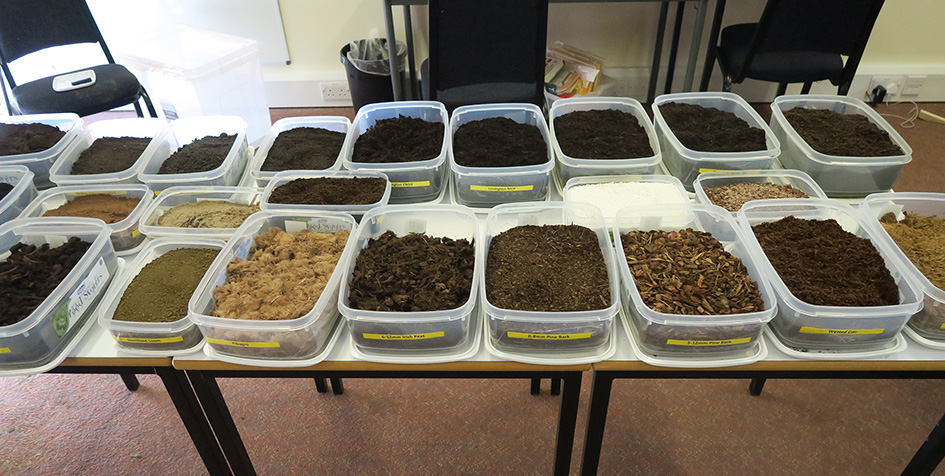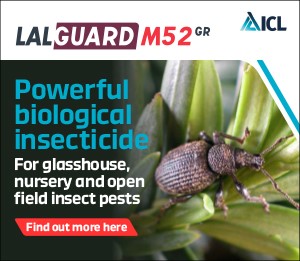Skills shortages brought about by the lack of young people joining the horticultural sector, has been described as ‘nearing crisis levels’, and has subsequently fuelled a recent discussion group at Pershore College.
According to responses to ‘The Horticulture Matters industry group’ survey*, 72% of 200 horticultural businesses asked, were unable to fill skilled vacancies, and a survey of 1,000 people revealed that 70% of 18-year-olds believed horticultural careers should only be considered by people who have ‘failed academically’, and nearly 50% of under 25’s think horticulture is an unskilled career.
“The perception of the industry needs to change,” says Steve Hughes, area sales manager for the Midlands and Wales for ICL, who ran a discussion group for the Pershore College students. “We need to encourage more young people into the sector. Schools do not provide sufficient emphasis and should do more to promote the wide variety that Horticulture offers to students of all academic levels.”
Steve is passionate about supporting young people in the horticultural industry, and giving them the best opportunities possible. “I’m interested in arming young people with decent technical information that’s practical, and this is why I ran a growing media discussion group.”
During November, Steve presented to the Midlands Regional Growers (MRG) which is a group of 16 apprentices working at regional nurseries. “The talk was at Pershore College and we covered the basics of growing media. I wanted to take it back to grass roots, so I took over twenty samples of types of growing media so the students could get their hands dirty,” says Steve.
“We covered everything from different grades of peat, to coir and to sterilised loam, pipe sand, John Innes, and the ICL Levington Advance ranges, as well as fertilisers. The first question I asked the group was ‘what is peat and where does it come from?’ The responses varied from a good level of understanding to a vague awareness. The students were very keen to find out what a peat bog looked like, and were interested in the drainage and extraction process, and the issues associated with this. It’s these things that need explaining, so young people can understand why there are peat free and peat reduced mixes available,” he says.
“We discussed the basic nutritional requirements of plants: nitrogen, phosphate and potash and the difference between propagation materials needing low levels of feed to encourage root establishment, and why hardy nursery stock requires more.
“The plan is to do more talks, take the students to a manufacturing site and see the growing media being blended, and eventually I’d love to take the group to see a peat bog,” he adds.
One of the apprentices on the course who attended the talk, Steve Jenkins, was enthusiastic about hearing from a professional about practical basics. “Covering the basics of growing media was very valuable, because everyone here uses a different type, for different reasons.
“Steve Hughes has worked in the industry for a long time, so he knows his stuff, and it’s interesting to hear from a professional about the things we work with every day,” says Steve.
Steve is 19 and keen to progress in the sector. He’s doing a study trip sponsored by the David Colegrave Foundation next spring as well as the apprenticeship. “I’m working in the trials department at Ball Colegrave. In total, it’s a two year course and for three weeks of the year we stay on site and study here at Pershore College, I’ve also been offered a bursary for a trip organised by the BPOA/AHDB that’s a horticulture week-long study tour to Oregon and Washington (USA) and British Columbia (Canada) next February. I’m happy to be part of this industry and I’m just keen to learn more and get on,” adds Steve.














